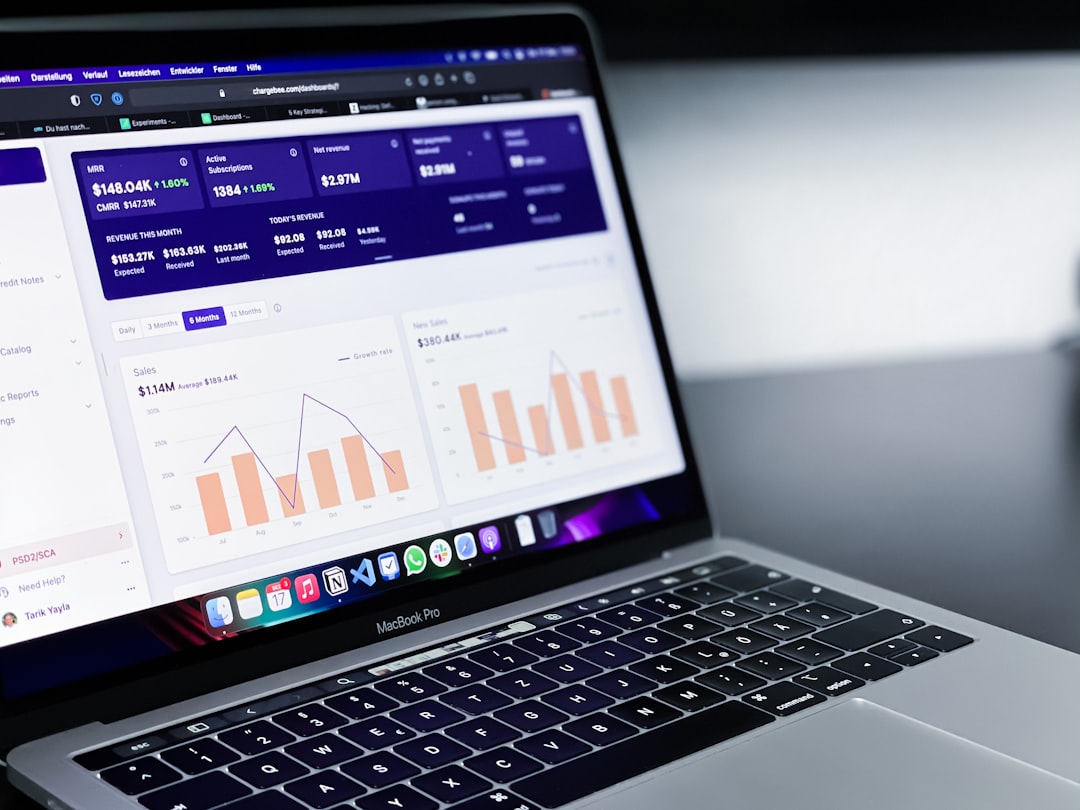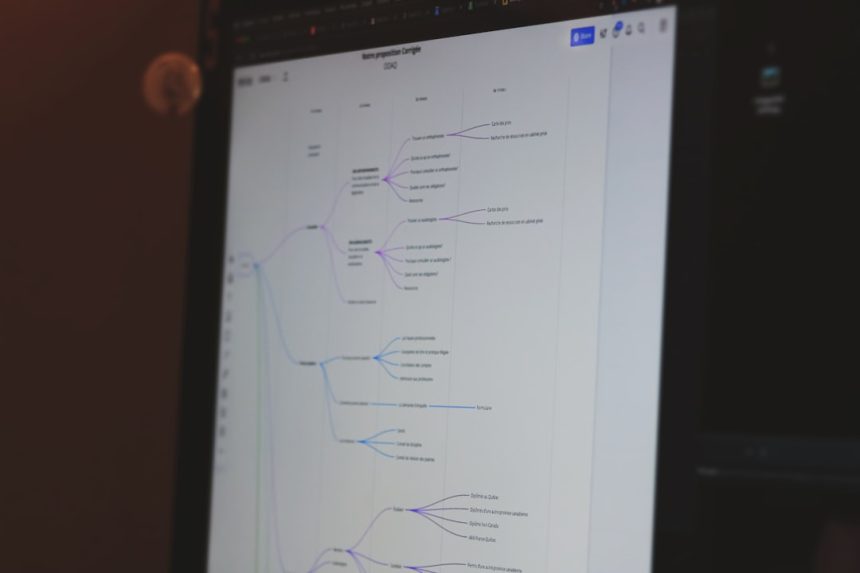In today’s era of product-led growth (PLG), sales strategies are evolving. No longer does success rely solely on outbound cold calling or demos lined up through traditional marketing channels. Instead, modern businesses are shifting toward leveraging user behavior inside the product itself. This evolution gives rise to one of the most impactful concepts in contemporary sales methodology: the Product Qualified Lead (PQL).
Identifying and nurturing PQLs effectively can be the difference between a stagnant sales pipeline and a dynamic, high-conversion revenue engine. Defining PQLs, however, is not a one-size-fits-all exercise. It requires a deep understanding of product usage data, customer intent, and sales alignment. Let’s explore how you can define PQLs that work for your organization and how to make these signals actionable.
What Is a Product Qualified Lead (PQL)?
A PQL is a user or account that has experienced meaningful value within your product and demonstrates potential to convert into a paying customer. Unlike traditional leads generated via form fills or content downloads, PQLs are identified by actual interactions with the product — often during a free trial, freemium tier, or pilot program.
These signals are particularly critical in a product-led model because the product itself is the primary driver of acquisition and expansion. When properly defined, PQLs serve as a powerful filter to surface leads that are far more likely to buy, because they’ve already seen and used what they’re buying.
Why Traditional Lead Scoring Falls Short
Traditional marketing-qualified lead (MQL) scoring relies on external behaviors like blog visits, ad clicks, or webinar attendance. While helpful, these metrics often lack correlation with actual buying intent.
Here’s a comparison for clarity:
- MQL: Engages with marketing collateral; may or may not use the product.
- PQL: Actively uses the product; exhibits behaviors aligned with high intent to convert.
The difference is substantial. By focusing on product engagement over superficial metrics, businesses can prioritize more informed and qualified leads — converting interest into revenue more efficiently.
Top Product-Led Sales Signals to Track
To define effective PQLs, sales and product teams must agree on behaviors that correlate with successful conversions. These signals will vary depending on your product and ideal customer profile but typically include:
- Feature Utilization: Is the user engaging with the core features that deliver primary value?
- Frequency & Depth: How often and how thoroughly is the user interacting with the product?
- User Growth in Account: Has the number of users in a particular account grown over time?
- Activation Milestones: Has the user completed onboarding or meaningful setup steps?
- Usage Patterns: Is the usage consistent over multiple sessions, not just an isolated experiment?
- Upgrade Exploration: Have they visited your pricing page while in the product?
These signals create a foundation upon which your product usage data can be turned into actionable sales intelligence.

Defining PQLs That Work for Your Business
Setting up PQL definitions is not just about the metrics — it’s about aligning cross-functional teams around a shared understanding of value.
1. Establish Your Ideal Customer Profile (ICP)
Your ICP sets the baseline. Use historical data to determine the firmographics (company size, industry, region) and technographics (tools used, infrastructure) of your best customers. Then layer in behavioral criteria specific to your product.
2. Map the User Journey
Understand what “aha moments” or milestones exist in the early stages of product interaction. These are often indicators that a user is finding your product useful enough to consider purchasing or expanding use.
3. Identify Correlations in Historical Data
Analyze your existing customer base to identify behavioral patterns that preceded conversion. For example:
- Accounts that invited 5+ users within the first 10 days were 3x more likely to convert.
- Users who used feature X in the first week had a 40% higher LTV.
This empirical approach ensures that your PQLs are backed by data rather than assumption.
4. Build a Scoring Model
Combine product usage metrics with firmographic filters to create a PQL scoring model. Assign point values to high-intent actions and set thresholds that trigger sales outreach.
Example:
- Logged in 5+ times in first 7 days – 10 points
- Invited coworkers – 15 points
- Reached onboarding completion – 20 points
- API usage initiated – 25 points
If a lead scores 50+ points, they are flagged as a PQL and routed to sales for follow-up.
Operationalizing PQLs Within the Sales Process
Once you’ve defined your PQLs, it’s vital to ensure they’re usable by sales. That means surfacing the right insights at the right time in the right context. Key steps include:
1. Integrate with Your CRM
Create clear PQL statuses in your CRM and automatically push signals and scores from your product analytics tools. This allows reps to act on insights without jumping into another platform.
2. Train Sales Teams on PQL Scenarios
Sales reps must be equipped to understand product behavior. Training should include:
- How leads become PQLs
- What behavioral signals to look for
- How to tailor outreach based on usage patterns

3. Create Standard Playbooks
For each PQL type (e.g., high activation, team growth, pricing page visitor), build customized outreach playbooks. The more personalized the reach-out, the higher the conversion likelihood.
For example, if a user recently engaged with a premium feature, a rep might email:
“We noticed you’ve been actively using our analytics dashboard. Many of our paying customers see even more value by integrating with XYZ. Would you be open to a 10-minute call to explore that?”
Measure, Learn, Iterate
PQL definitions should not be static. Continually measure conversion rates, lead cycles, and feedback from sales to adjust your signal criteria.
- Did conversion rates improve after updating the scoring model?
- Are certain product features consistently under- or over-weighted in your current scoring?
- Is sales feedback indicating the leads they get are qualified?
A/B testing different signals and scoring thresholds will reveal what delivers results and what doesn’t.
The Business Impact of Accurate PQLs
PQLs offer a serious upside when finely tuned. Companies that adopt a rigorous approach to product-led sales signals can expect:
- Higher Sales Efficiency: SDRs and AEs focus on leads most likely to convert.
- Shorter Sales Cycles: Product familiarity accelerates the decision-making process.
- Improved Customer Experience: Conversations feel more relevant and contextual.
- Increased Conversion Rates: Targeted efforts against highly-engaged users yield better outcomes.
Ultimately, the quality of your sales pipeline becomes closer to the reality of customer need rather than mere interest.
Conclusion
In a product-led growth model, your product is the primary engine driving customers toward conversion. Effectively defining and leveraging Product Qualified Leads enables sales teams to ride that momentum, rather than work against it. By focusing on behavioral signals, aligning cross-functional teams, and operationalizing data into actionable workflows, companies can unlock new levels of growth and efficiency.
Remember: the goal is not just to get more leads — it’s to get better ones. PQLs are the bridge that connects product value to sales opportunity. It’s time to walk that bridge with confidence.


